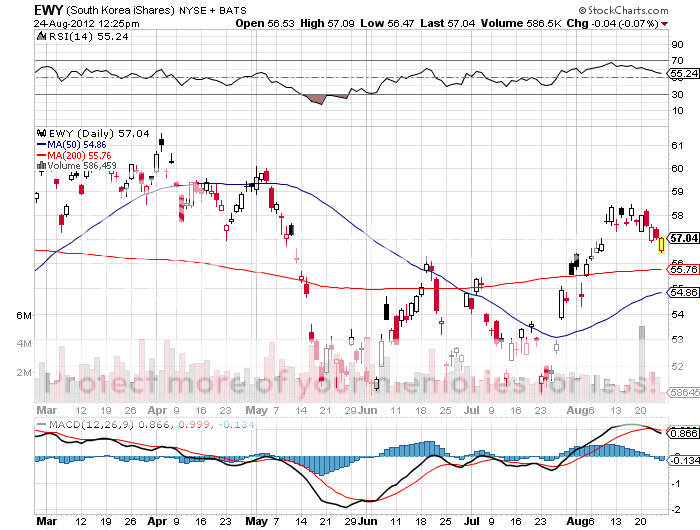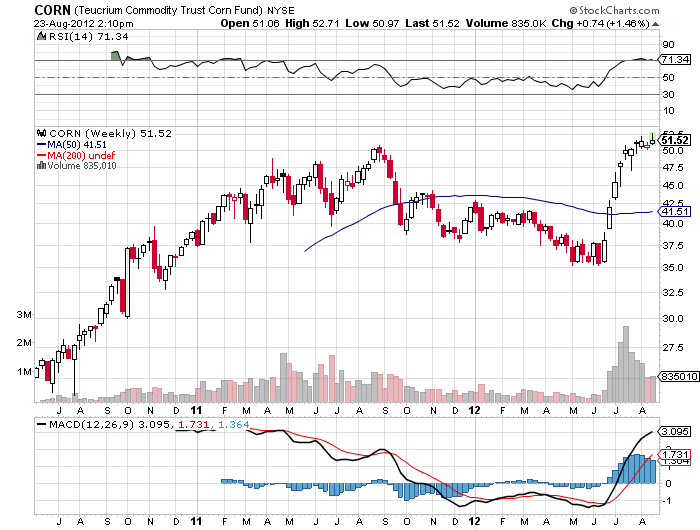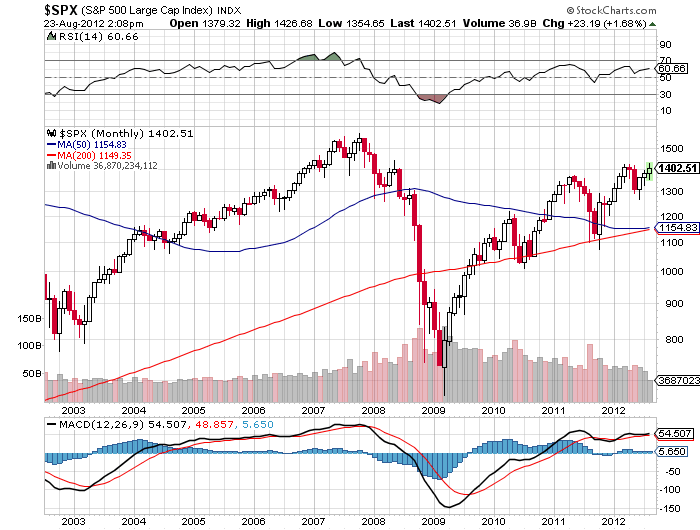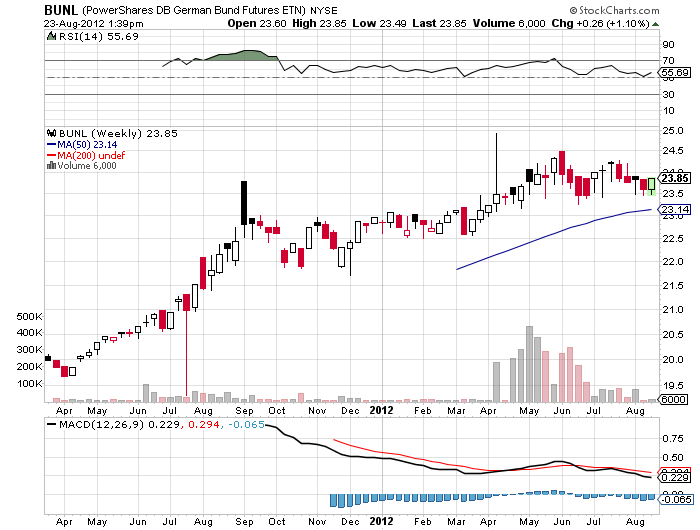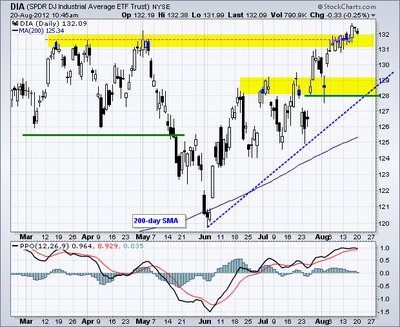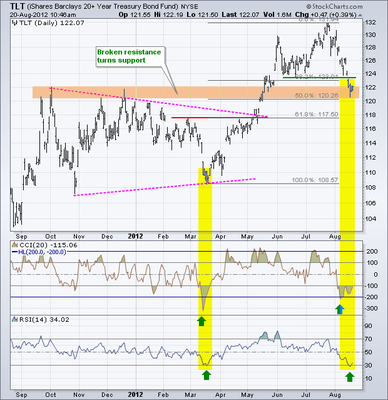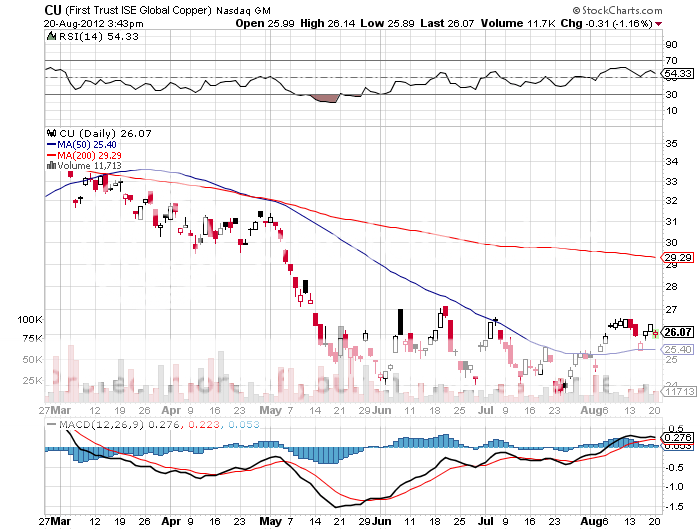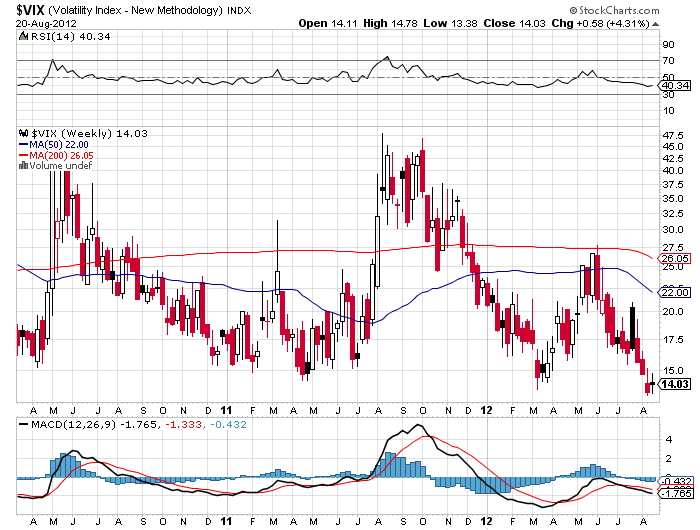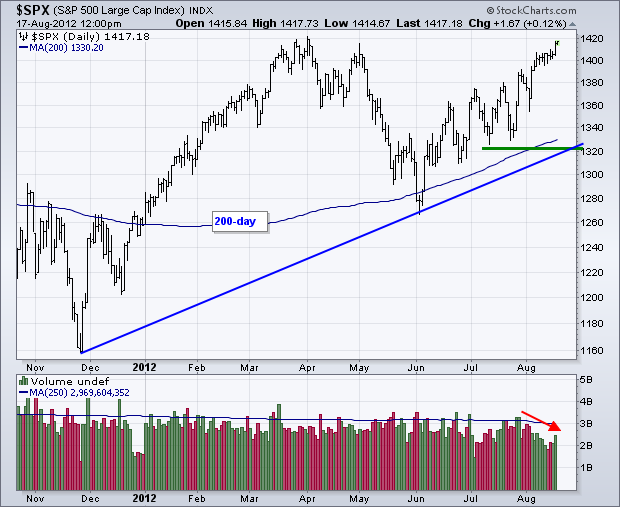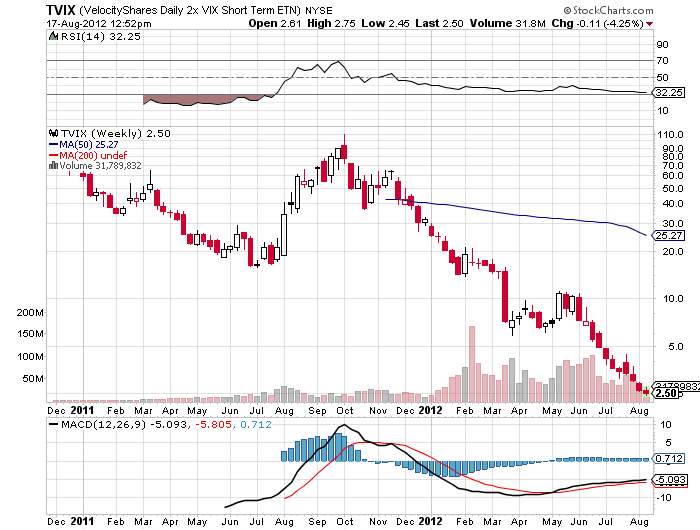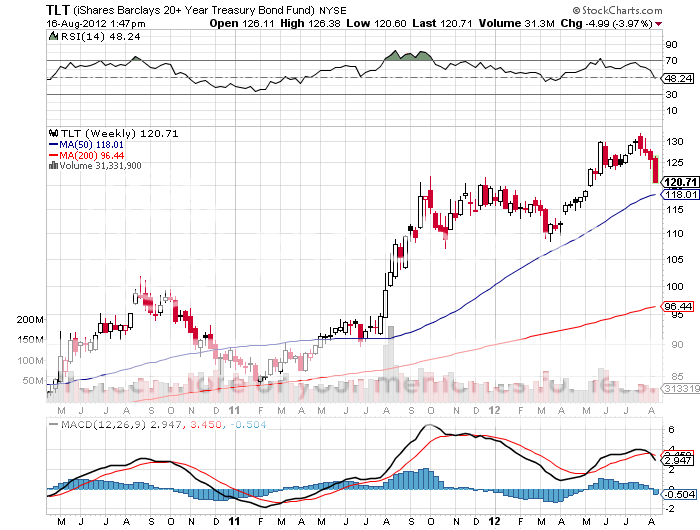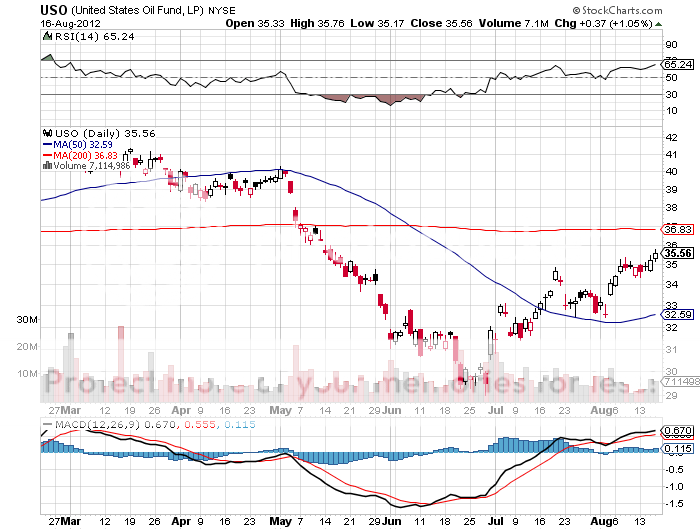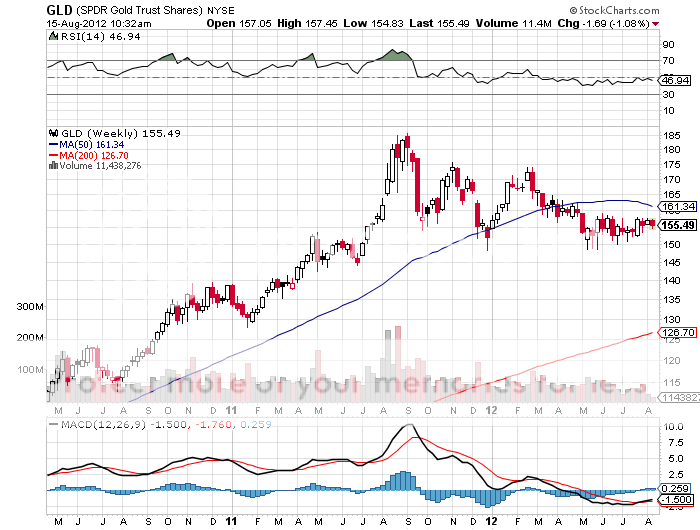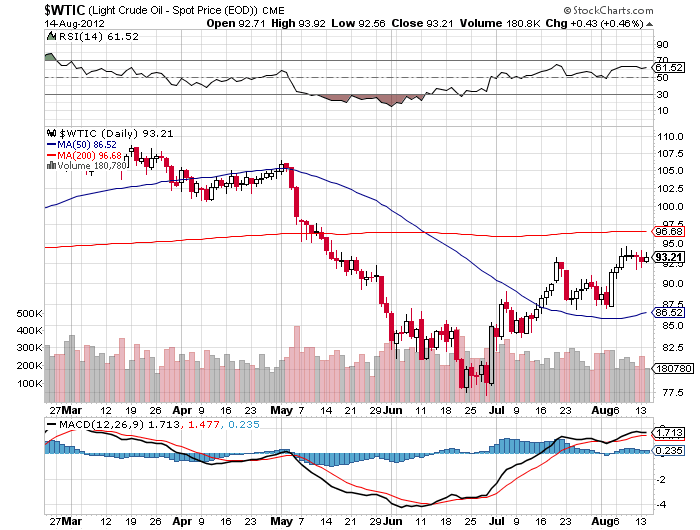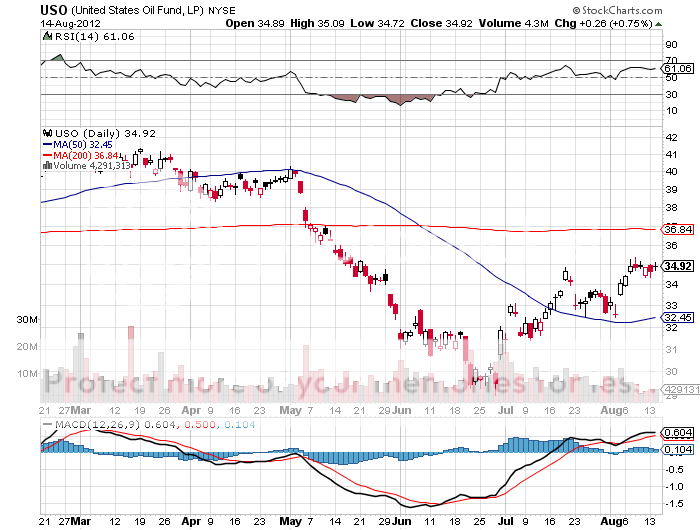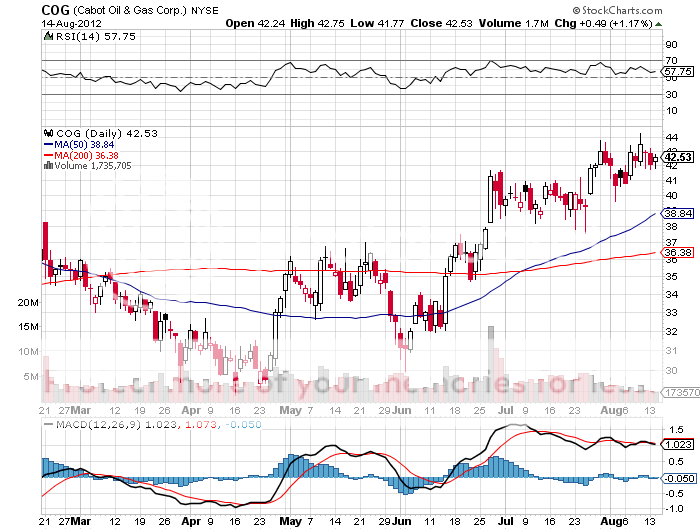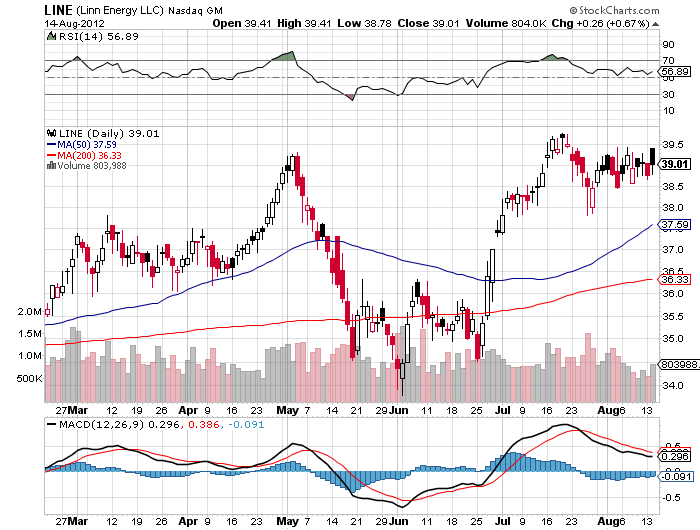Cheers went up from the real estate industry this morning when the Standard & Poor?s/Case Shiller data was released. It showed the first year-on-year increases in prices since 2006. Calls went out from real estate agents around the country announcing that the bottom was in and that you better buy now before prices shoot up.
Not so fast. Let?s look at the data first. Phoenix delivered a first class dead cat bounce with a +13.9% YOY gain. It was followed by Minneapolis (+5.7%), Miami (+4.4%), Washington DC (+3.9%), and Dallas (+3.7%).
But the recovery was uneven, with some parts of the country still suffering catastrophic declines. Atlanta is still drowning in subprime foreclosures and was off a gut churning -12.1%. New York City was cheaper by -2.1%, where the downsizing of the financial industry prompted by Dodd-Frank was having an impact, while Las Vegas was down by -1.8%. Apparently, all real estate is still local.
It is becoming increasingly clear the national indexes bottomed in the first quarter of this year, and have been picking up steam since. Much of the upturn has been driven by hedge funds which have soaked up homes in major markets for rental and future securitization.
In California, they have accounted for 60% of all buyers. Once they figured out the model and got their management companies in place, they have been a fixture on court house steps statewide, picking up every distressed property as it came up for auction. This is their way to play the current ultra-low level of long-term interest rates, with 30 year money still available at a subterranean 3.6%.
I would not rush to return your broker?s phone call. With the present demographic headwind expected to last another ten years, don?t expect any dramatic appreciation soon. Inventories are still gigantic. Some 80 million downsizing, empty nesting baby boomers are trying to sell homes to 65 million Gen Xer?s who earn half as much. There are 6 million homeowners late on mortgage payments or in foreclosure. There is a shadow inventory of a further 15 million that is available on the first uptick in prices. And who knows what the banks still really own.
If we go into recession next year and the stock market declines 25%, a strong possibility, this year?s recovery could go up in so much smoke. Best case, we keep bouncing along a bottom for five more years. Worst case, we see a secondary banking crisis, lose a few of the largest banks, leading to an additional 25% decline in home prices.
The sushi really hits the fan if we see Fannie Mae and Freddie Mac disappear, which are now in receivership and account for 95% of all conforming home mortgages. And don?t forget that the home mortgage deduction is costing the federal government $250 billion a year in lost tax revenues, and will become target number one in any budget balancing effort.
Rent, don?t buy, unless you intend to keep your new abode for at least a decade.
Is it the Bottom, or Not?




